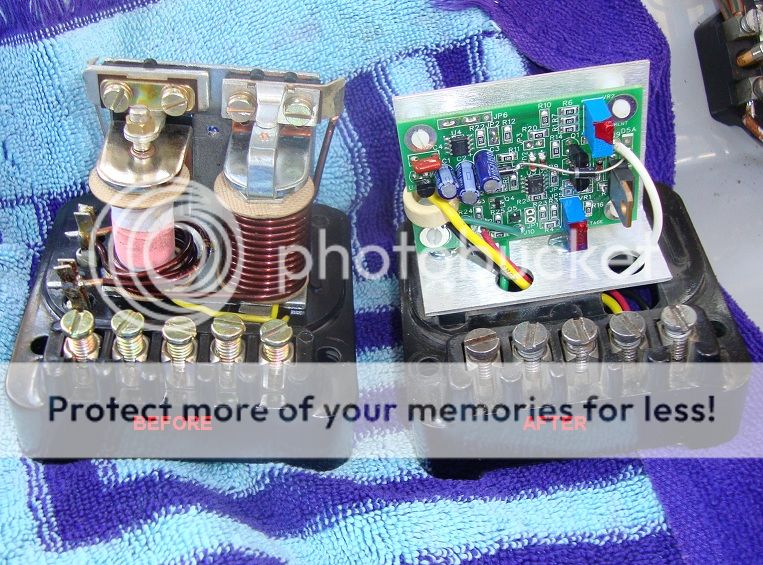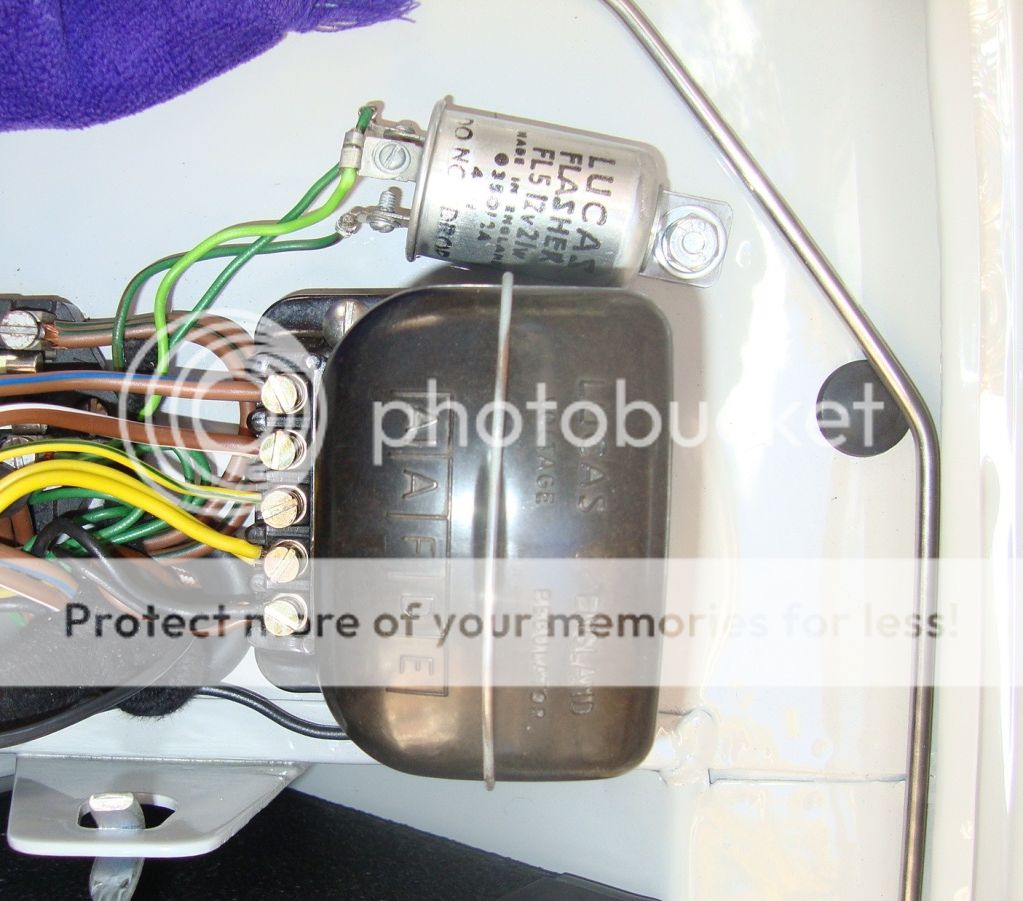sp53 said:
I have never understood the exact relationship between the Generator and voltage regulator on a tr3. My question is should I replace the regulator and generator as a unit if I suspect the generator is the problem. The generator light came on while I was driving, and perhaps I should have unplugged it as I drove home, but I did not. Anyway, I could hear a mild rattling noise coming from the generator, so I pulled it. Now as I am putting on a new generator the thought came to me should I replace the regulator also. My concern is what if the generator shorted out and that fried the regulator is that going to now toast this new generator. Thoughts?
steve
Steve: During the TRA meet I realized that my LUCAS control box was not operating properly. Most of the time we were running on battery even though the generator was fine. At one point the battery voltage got so low that the ignition system was failing to fire the spark plugs. When we returned we attempted to adjust the two relays and clean up the contacts. This helped a little, but operation was not reliable. I ordered a new box from Moss. This was right off the shelf not tested, not cleaned. It worked right out of the box.
I question the practice of offering a tested and cleaned box at a premium price. First of all, each installation is unique and for optimum success the box should be tested with the generator in your car. Second, it takes approx. 1 minute to "clean" the contacts. Perhaps we were lucky that the box operated correctly, but I was satisfied.
<span style="font-weight: bold">Update:</span> As a retired electrical engineer, I knew that any electro-mechanical device like these control boxes will eventually require maintenance, contact cleaning, testing, etc. I was prepared to deal with this as a routine PM requirement and then I became aware of Wilton Auto Electric, in Wilton, NH. They have designed a solid state voltage regulator for DC generators. They have designs for most of the old cars originally equipped with DC generators, including Autolite, Bosch, Delco Remy and Lucas. Yes. Lucas.
Details here:
https://wiltonae.com/home/index.aspx
So, I called WAE and spoke to Bob Jeffers. He said he had supplied units for hundreds of LBC's including all of the TR range. He gave me this link for and MGA conversion:
https://mgaguru.com/mgtech/electric/et232.htm which provide some additional details and photos. All Bob needs is your donor box. It doesn't have to be functional. In fact, it can be empty. Bob removes the guts and mounts his solid state unit inside. From the outside of the box there is no indication that a modern solid state units is hiding inside. Bob charges $80 for the conversion plus $5 shipping.
I have been driving with this unit in place for 3 weeks and it works great!

<span style="font-weight: bold">BEFORE & AFTER</span>
<span style="font-weight: bold">CONVERTED CONTROL BOX WITH COVER IN PLACE</span>

 Hi Guest!
Hi Guest!
 smilie in place of the real @
smilie in place of the real @
 Pretty Please - add it to our Events forum(s) and add to the calendar! >>
Pretty Please - add it to our Events forum(s) and add to the calendar! >> 


